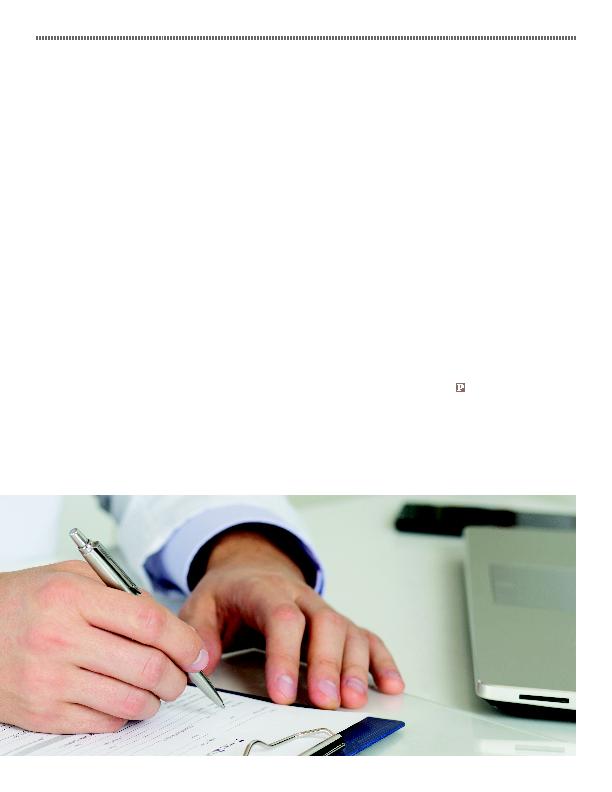
James' disclosures to his psychologist,
and examined the existing obligations of
confidentiality in the psychologist/patient
relationship. Probably having some regard
to Tarasoff, the legislative threshold for
breaching patient confidentiality in the
State of Victoria required a "serious and
imminent threat."
view that James constituted a serious or
imminent threat. However, the coroner
found that it would have been appropriate
for the psychologist to question James on
his threats. Such questioning should have
made reference to Ms. Donato and should
have intended to verify whether he had
developed a plan as to how harm would be
inflicted. The response to these questions
could have clarified whether she notify her
employer and the police of the threats.
The coroner recommended that the
State of Victoria amend its legislation to
remove the requirement that a "serious
risk of harm" be also one which is
"imminent." It also recommended that
existing Code of Ethics and Guidelines
of the Psychology Board of Australia
should provide greater clarity of reporting
obligations.
After Ms. Donato's death in 2012, but
before the publication of the coroner's
findings in 2017, a far more prominent
event occurred in Sydney, Australia.
a number of people hostage in a café
in central Sydney, purporting to do so
on behalf of the ISIS organization. He
ultimately killed Mr. Johnson, who worked
at the café. Ms. Dawson, a lawyer who
had been in the café as a customer, was
accidentally killed as police entered the
building in response to the shooting of
Mr. Johnson.
Mr. Monis, at an earlier stage, had
also been under the care of health
professionals for mental health issues. The
difference between his history and the two
examples above was that Monis' mental
health issues were more diverse and not
focused on any of the individual hostages.
Again a coronial inquest was
held, addressing a wide range of
issues. The coroner touched on the
Australian Psychological Society Code
of Ethics, making recommendations for
consideration of expanded circumstances
for disclosure of risks of harm to others.
The coroner also addressed changes to
privacy legislation, with recommendations
for consideration of disclosure of health
records to security agencies.
to risks of deliberate harm through
physical actions on the part of a person
who had been under care for mental
health issues.
This brief article can only point
the community against the benefits of
confidential medical care. Doctors and
other health professionals, at least in
Australia, will no doubt wish to refine
their codes of conduct. Governments
may well revisit relevant laws, to tip
the balance further in favour of the
community protections.
Perhaps the same contemplation
of similar issues may be warranted by
the legal profession, given that lawyers
sometimes learn from their clients of
risks to the community of a serious and
sometimes imminent nature.
Are these challenges limited to
the health and legal professions? The
responsibilities of other organizations,
such as internet service providers, have
already been the subject of debate.
Despite the challenges of a general "duty
to rescue" concept, perhaps one day soon
the courts will be called upon to consider
the responsibility of a family member or
an unrelated person, with knowledge that
may have prevented the death of or injury
to another.
5 lindtinquest.justice.nsw.gov.au/Documents/findings-and-